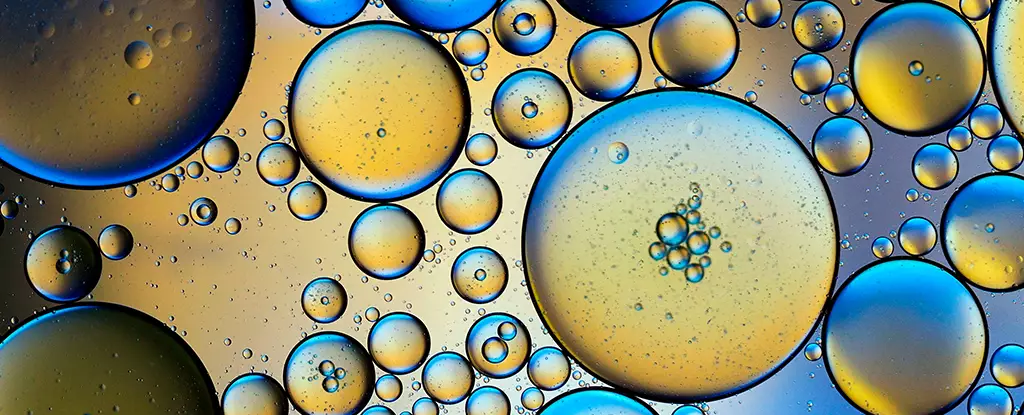The journey of aging brings with it an unavoidable reality for many: an increased accumulation of body fat. While society tends to focus on the aesthetics of being overweight, doctors prioritize the health implications of fat byproducts in the body. Excessive amounts of fatty acids, one of the molecular building blocks of fats, can harm a person’s overall well-being. These harmful fat byproducts can shorten both their health span and life span, increasing the risk of chronic diseases, disrupting metabolic processes, and promoting inflammation.
When it comes to examining fat, clinicians and researchers often overlook a significant component: glycerol. Glycerol is a compound that links fatty acids to form a fat molecule. Both fatty acids and glycerol disrupt cellular and organ function, resembling the effects of aging. With obesity now considered a catalyst for accelerated aging, researchers, including myself, have started to focus on the role that fats play in the aging process and its potential implications for health.
In my role as a genomicist and biochemist, I have explored the relationship between harmful fat byproducts and aging. My research team and I have questioned whether reducing these fat byproducts could help slow down the aging process and prevent common diseases. Throughout our studies on extending the life span and improving the health of lab animals, we consistently observed a pattern: all anti-aging interventions led to reduced glycerol levels.
For example, when we placed the nematode Caenorhabditis elegans on a calorie-restricted diet, their life span increased by approximately 40 percent. What we found particularly interesting was that the long-lived worms had lower glycerol levels compared to shorter-lived worms that were not subjected to food restriction. Further investigations revealed that calorie restriction enhanced the activity of an enzyme called ADH-1, responsible for breaking down glycerol, in the worms’ intestine and muscles.
Similar high levels of ADH-1 activity were also observed in people undergoing dietary restriction or receiving treatment with an anti-aging drug called rapamycin. These findings suggest the presence of a common mechanism underlying healthy aging across different species, with ADH-1 playing a central role. Our hypothesis is that elevated ADH-1 activity promotes health in old age by reducing harmful levels of glycerol.
To test our hypothesis, we conducted experiments on worms and found that adding glycerol to their diet shortened their life span by 30 percent. However, worms genetically modified to have increased levels of the ADH-1 enzyme had lower glycerol levels, remained lean and healthy, and lived longer, even on unrestricted diets. These findings highlight ADH-1 as an attractive target for the development of drugs that can enhance its activity.
Moving forward, our long-term goal in the lab is to explore how compounds that activate ADH-1 can impact the health and longevity of both mice and humans. While research on anti-aging interventions generates excitement, it also sparks debate. While the benefits of healthy aging are evident, longer life spans will undoubtedly pose new challenges for society.
Extending life span through healthier aging will necessitate societal adaptations. If life spans of 120 years become the norm, social structures, retirement ages, and economic models will need to evolve to accommodate an aging population. Legal and social frameworks around elderly care may require revision, and the “sandwich generation” may find themselves caring for multiple generations simultaneously.
The longer lives we strive for will ultimately require society to rethink and reshape how we integrate and support an increasingly older population in our communities. Whether through the activation of ADH-1 or dietary adjustments, the quest for the solution to healthy aging is not just a medical journey but a societal one that requires collective effort and adaptation.


Leave a Reply